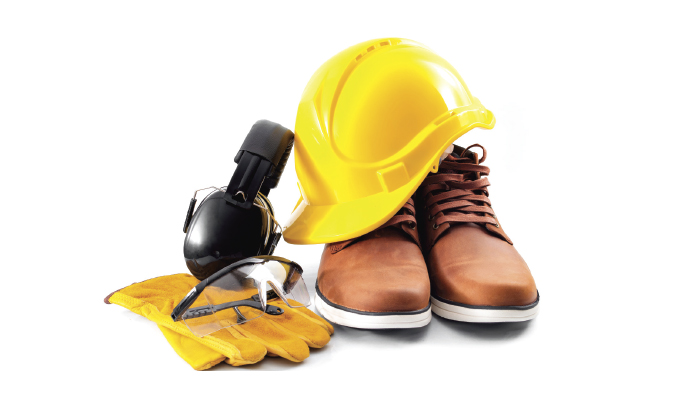When Paul O’Neill started as the Alcoa CEO in 1987, the aluminum manufacturing giant was in trouble. Several of its recent product launches had failed. Investors wanted to hear how O’Neill planned to turn the company around.
When he gave his first speech, O’Neill didn’t discuss new revenue streams or cost-cutting measures. He chose an unusual topic: worker safety. One investor ran out of the room to tell his top clients to dump Alcoa stock.
By the time O’Neill retired, Alcoa’s net income had grown to five times what it was when he started.
Workers missed 1.86 days per 100 employees due to injury in 1987; by 2012, its lost-days rate had dropped to 0.125. The quest to improve worker safety pushed Alcoa to improve its manufacturing processes. It also revealed ways that current processes were creating suboptimal aluminum products. What started as a focus on safety led to better processes, better products, and higher profits for Alcoa.
Improving workplace safety isn’t just the right thing to do; it’s a smart investment in the future of any company.
OSHA COMPLIANCE
The Occupational Safety and Health Administration has guidelines in place for sanitation, first aid, hazardous materials, ventilation, personal protective equipment, safety exits, and more. Although following OSHA requirements is a must for any business, and failing to comply can cost thousands of dollars, reviewing the guidelines is the best place to start any occupational safety and health improvement effort.
OSHA compliance, however, is only the beginning. For instance, in companies with a unionized workforce, safety requirements are often part of worker contracts, and failure to protect workers can lead to litigation and compensatory damages. When a glaring safety issue exists, even if specific laws or regulations don’t cover it, it still exposes businesses to liability. If needed, companies should consider hiring consultants that can identify obstacles to workplace safety and provide remediation steps.
OFFER TRAINING
Hiring occupational safety and health experts to deliver training is a good start, but it’s also important to get the right training that offers the most benefits for company workers. One way to start is with a job hazard analysis, which documents each step of on-the-job tasks and the potential safety issues arising from each task. This analysis identifies the highest-risk activities, so businesses can identify immediate safety training priorities. Offering these opportunities provides multiple benefits to your company. Not only do you reduce the risk of a serious accident, but comprehensive, ongoing workplace safety training programs can:
Support a culture of safety. When safety is addressed on an ongoing basis, it becomes ingrained in the company culture and part of the expectations for every employee.
Increase loyalty. When employees believe that you care about their well-being, they are more likely to be loyal and productive employees.
Improve corporate reputation. Your company’s reputation influences everything from how customers perceive you to your ability to attract top talent. A commitment to worker safety helps support your reputation as a great place to work.
Save money. Safety training helps prevent injuries and absences that increase operating costs. Providing evidence of ongoing safety education may also help reduce the cost of insurance. And, if an accident does occur, providing proof that you took all reasonable steps to prevent the incident can help reduce any penalties that may be levied against you.
CLOSING THOUGHT
Businesses that recognize the importance of safety in the workplace are businesses that succeed. And making safety a priority begins with exceptional health and safety training.
For More Information:
This article was originally published by Columbia Southern University on The Link. Columbia Southern University offers associate, bachelor’s and master’s degree programs in occupational safety and health, as well as a bachelor’s in environmental management. CSU’s online bachelor’s and master’s programs in occupational safety and health are touted by the Board of Certified Safety Professionals as Graduate Safety Practitioner Qualified Academic Programs. For more, visit columbiasouthern.edu/osh.
Modern Contractor Solutions, October 2022
Did you enjoy this article?
Subscribe to the FREE Digital Edition of Modern Contractor Solutions magazine.



